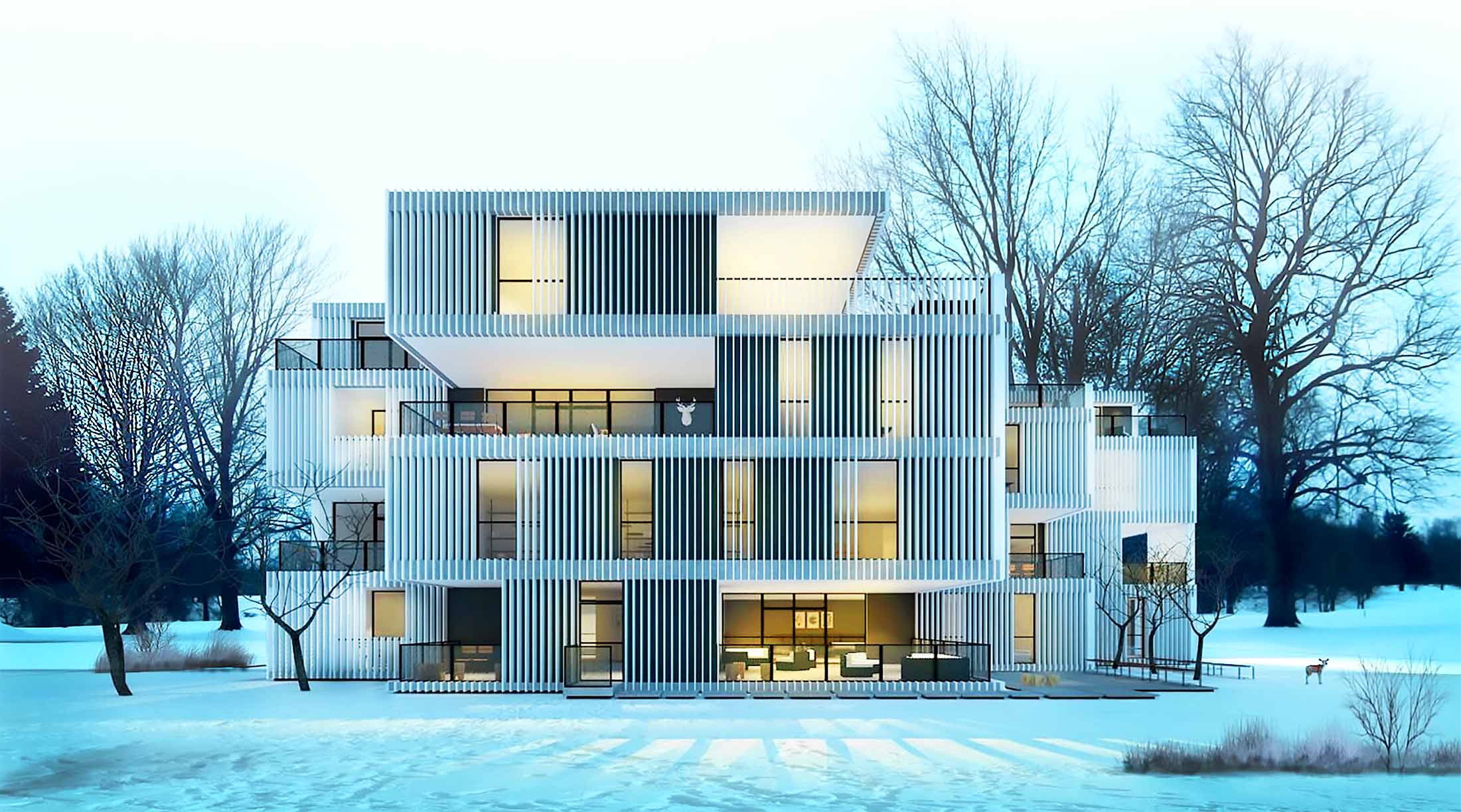Creating photorealistic renderings is a challenging task, but with the right tools and techniques, the results can be truly impressive. In this article, we will explore some tips and tricks for architects and interior designers looking to create photorealistic renderings of their designs.
One of the most important things to keep in mind when creating photorealistic renderings is to pay attention to lighting. Lighting is one of the most critical elements in creating a realistic and believable scene. Make sure to simulate real-world lighting conditions, such as daylight and artificial light, and pay attention to the way light interacts with different surfaces and materials. This will help to create depth and dimension, and it can greatly influence the overall mood and atmosphere of a space.
Another important aspect to consider when creating photorealistic renderings is the use of materials and textures. Use 3D assets and 3D modeling techniques to create highly detailed and accurate representations of different materials, such as wood, stone, and fabrics. Use texture mapping to add surface details to a model, such as the grain of wood or the texture of a rug. This will help to create a more realistic and believable scene.
It’s also essential to use the right software and rendering engine to achieve photorealistic results. There are many rendering software’s available in the market such as V-Ray, Mental Ray, Arnold, and Octane Render, each one of them offers different features and capabilities, but most of them are widely used among architects and designers to achieve photorealistic results. It’s essential to select the right one that meets your project’s needs and goals.
Another tip is to pay attention to the composition of your rendering. The composition of a rendering can greatly impact the overall aesthetic and feel of the image. Consider the rule of thirds, leading lines, and other composition techniques to guide the viewer’s eye and create a more dynamic and interesting image.
It’s also essential to pay attention to post-processing. Post-processing techniques such as color correction, saturation, and contrast adjustments can greatly enhance the overall realism of a rendering. Use these techniques to fine-tune the lighting and color of your image and make it look as realistic as possible.
In conclusion, creating photorealistic renderings is a challenging task, but with the right tools and techniques, the results can be truly impressive. Pay attention to lighting, use 3D assets and 3D modeling techniques to create highly detailed and accurate representations of different materials and textures, use the right software and rendering engine, pay attention to composition and use post-processing techniques to enhance the overall realism of the image. With these tips and tricks in mind, architects and interior designers can create highly detailed and realistic visualizations that accurately communicate their designs to clients.
References:
- “Creating Photorealistic Renderings: Tips and Tricks for Architects and Interior Designers” by ArchDaily
- “The Future of Architectural Visualization: How CGI is Changing the Design Process” by AEC Magazine
- “The Impact of Virtual Reality on Architectural Visualization and Rendering” by Interior Design Magazine


